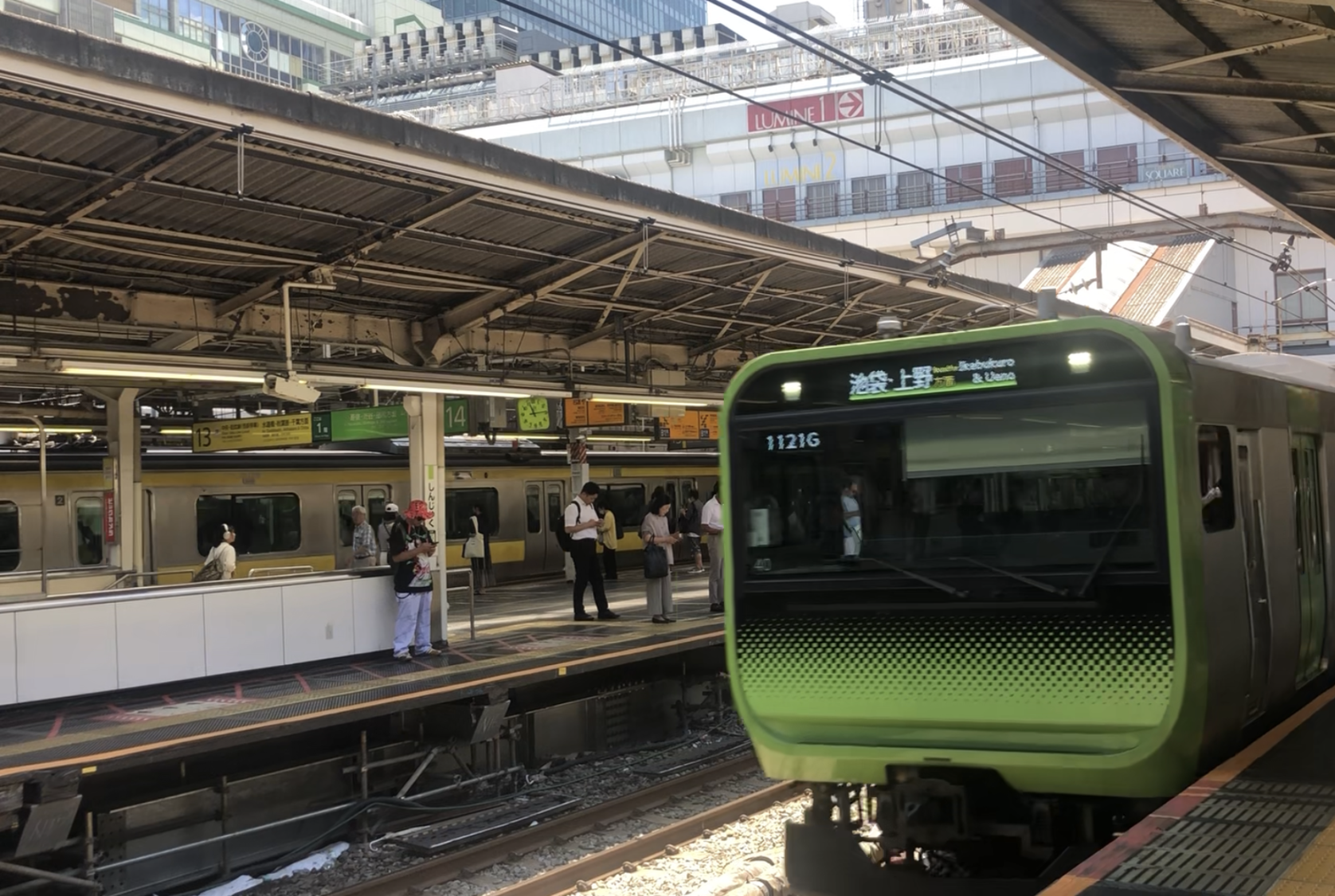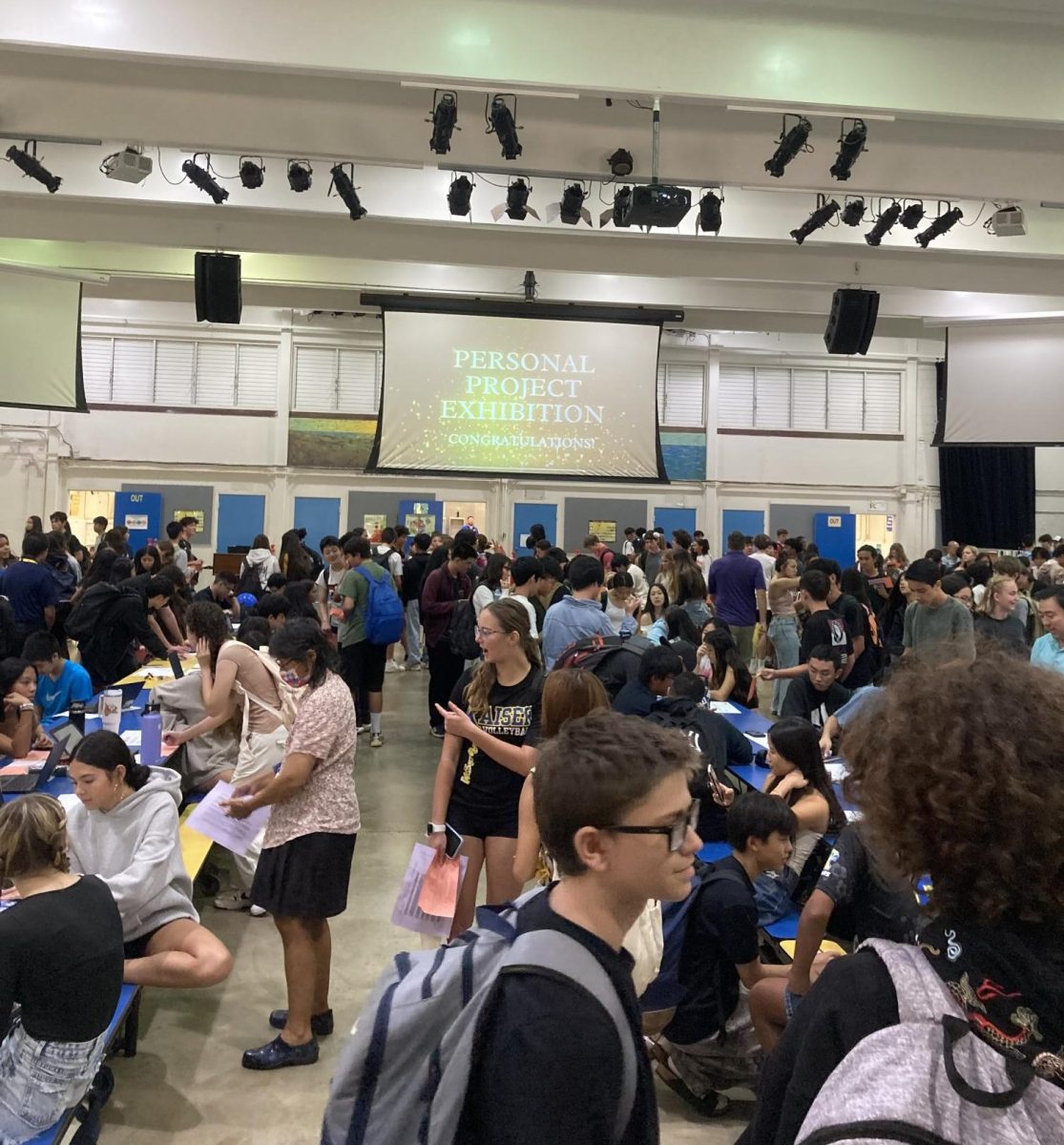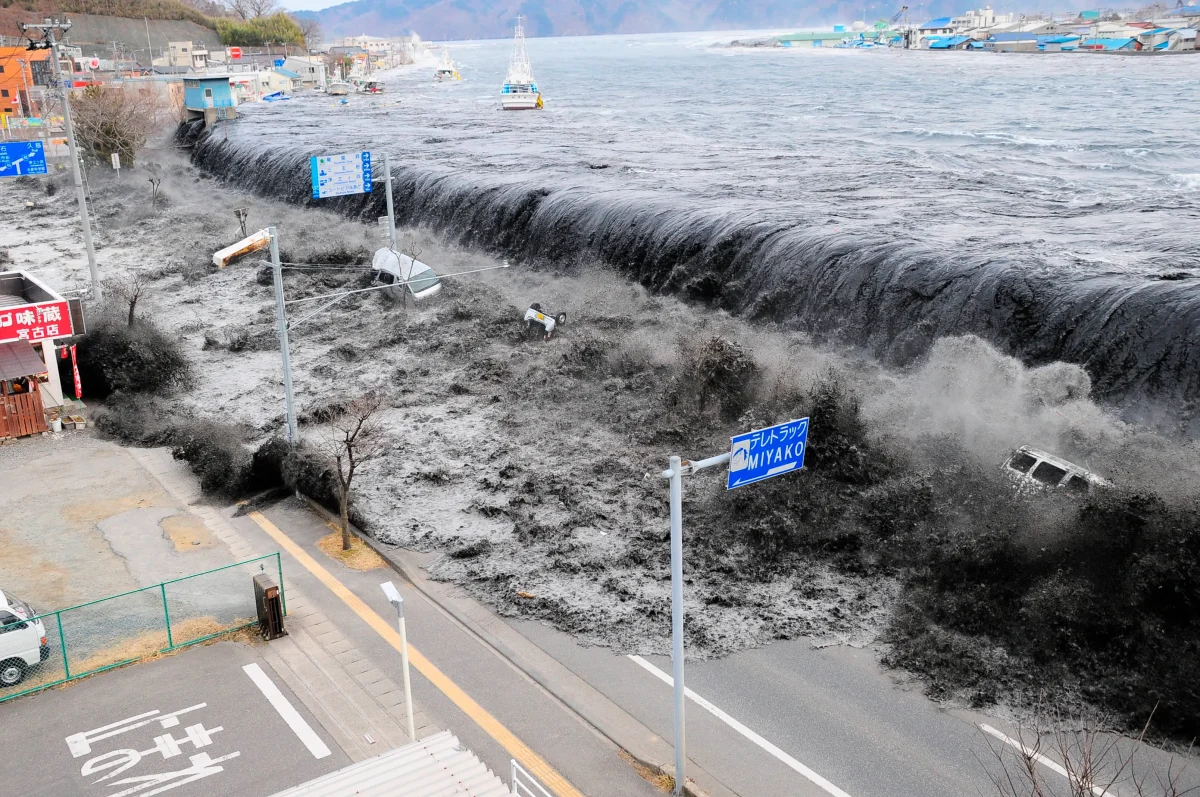Anyone who uses the trains in Tokyo probably knows about the varying melodies used across the network. These are played to signal departing trains, as opposed to the usual alarm or bell. They’re mainly used to evoke a sense of calm during stressful moments such as the usual morning rush, as well as assist blind passengers in knowing when trains are leaving or which station they’re at. For years, the melodies used on the Yamanote Line, arguably the most important of the JR East lines, remained untouched. However, since March of 2024, things have been different.
Starting in 2024, the station melody at Ikebukuro station (JY13) had changed from its usual & well-known melodies to variations of the Bic Camera theme, a camera company whose store was located nearby. Other stations, however, remained untouched, until a few months ago, when melodies at Shinjuku (JY17) and Tōkyō (JY01) stations, in fact, the two busiest stations in the world as of this publication, changed melodies as well. Where Shinjuku used to play “Twilight” and “New Season” and where Tōkyō used to play JR-SH-3-3,” all four of these platforms now play a newly composed melody named “JRE-IKST-010,”with two different variations, depending on which direction the train is moving.
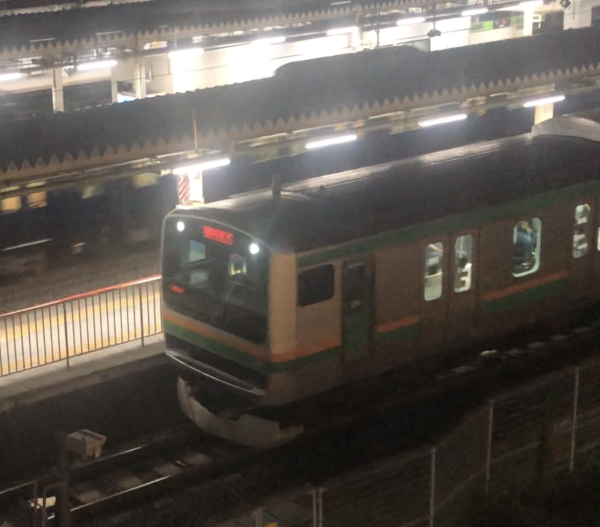
This melody has become the new standard, as within the coming months, many of the other stations had lost their original melodies, now bearing this new one. Stations such as Meguro (JY22), Shin-Ōkubo (JY-16), Gotanda (JY23), Harajuku (JY19), Akihabara (JY03), Shibuya (JY20), Nishi-Nippori (JY08), and Yoyogi (JY18) are all playing the new melody, just to name some.
The other stations still aren’t safe from the new melody. Familiar melodies at Kanda Station were also changed to new melodies. While these new jingles aren’t the repetitive JRE-IKST-010, they are still new melodies which are replacing some of the classic ones.
In March 2025, the melodies at Takanawa Gateway were changed to variations of the city’s theme, that being “Glorious Gateway.” This was a result of the actively developing city finally being finished. Most recently, Ōsaki (JY24) had their iconic SF Series melodies changed to the line’s new standard.
So far, only Ebisu (JY21), Komagome (JY10), Mejiro (JY14), Ōtsuka (JY12), Sugamo (HY11), and Takadanobaba (JY15) have not had their original melodies booted and removed from their respective Yamanote Line platforms. Some stations such as Tabata (JY09), Nippori (JY07), and Shinagawa (JY25) has had at least one of their melodies changed, but some platforms thankfully remain untouched.
These changes come as a result of operational changes that are occurring in the Metropolitan Area of Tokyo. In response to short-staffing in the city, JR East has been gradually switching to one-man operations at stations.
Previously, there were two workers running the stations. One conductor would focus on driving the train, while the other would stand near the station’s switch. Upon activation of this switch, the departure melody would play. This is how every station played a unique melody, since their respective switches were only wired to speakers on that specific station and platform.
However, now that only the conductor remains on some lines, using the switch has gotten more difficult, especially during early morning hours, when the lines are at their busiest. Considering the trains usually stop at stations for less than a minute before departing, it is understandably very difficult for the conductor to get off of the train, run to the switch (which could potentially be in the middle/on the other side of the platform), activate & deactivate the switch, and run back, all while maintaining the timeliness which Japanese Trains have become known for.

Due to this, JR East has decided to make some changes to how playing station melodies works.
Nowadays, the conductor will press a button inside of the train. This button, similar to the switches, plays a melody, but this time, from the train speakers, rather than the platform speakers.
Due to the fact that JR East is worried about conductors pressing the wrong buttons and playing the wrong melodies at stations, train cars now only have one button, which always plays the same melody. That way, conductors don’t need to worry about playing the wrong melodies at the wrong stations. Platforms where their melodies haven’t changed continue to use the same switch method from years ago.
Unfortunately, this isn’t only the case for the Yamanote Line. A grand majority of the lines within Greater Tokyo have had their station melodies changed as a result of the switch to one-man operations. An example of this is the Nambu Line, which used to be famous for its melodies at Noborito Station, which were short adaptations of varying songs from the anime Doraemon. This was because of the location of the Kawasaki City Fujiko F. Fujio Museum, which was dedicated to Fujiko F. Fujio, the creator of Doraemon. This museum was located in close proximity to the station. Unfortunately, with the switch to one-man operations, these popular melodies, which were beloved by tourists and locals alike, were removed in October of 2022 for the same reasons the Yamanote Line is undergoing audio changes as well.
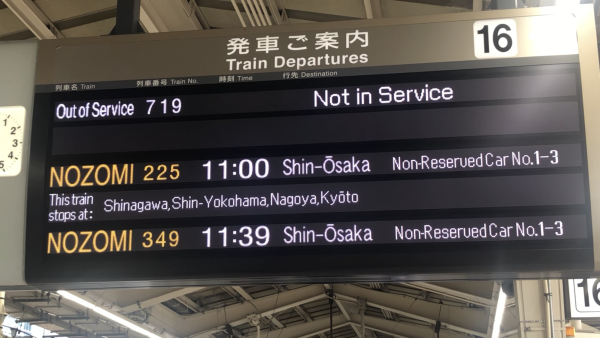
The Tōkaidō Shinkansen, running from Tōkyō to Shin-Ōsaka, Hiroshima, or Hakata, had changed their melodies in July of 2023. The old melodies were adaptations of the Japanese pop song “Ambitious Japan,” which played on the train ever since the line started stopping at Shinagawa. The new melody are variations of “Aini Iko” by singer UA.
Opinions on the new melodies are mixed, with a handful of tourists and travelers voicing their disappointments online. Some people say that the new melodies are bland and are composed in an odd way. Others say that the old melodies evoke the feeling of being in Tokyo, which the new ones cannot achieve. Meanwhile, some deem the change necessary if JR East wishes to uphold the minimal-delays which the company and transit system is widely praised for. It has been proved in the past that stress from the conductor can result in devastating accidents. A prominent example of this is JR West’s Amagasaki Derailment, in which delays in the schedule resulted in an overstressed conductor speeding across the tracks at a dangerous rate, and derailing at a curve. The disaster killed 107 people, including the driver himself.
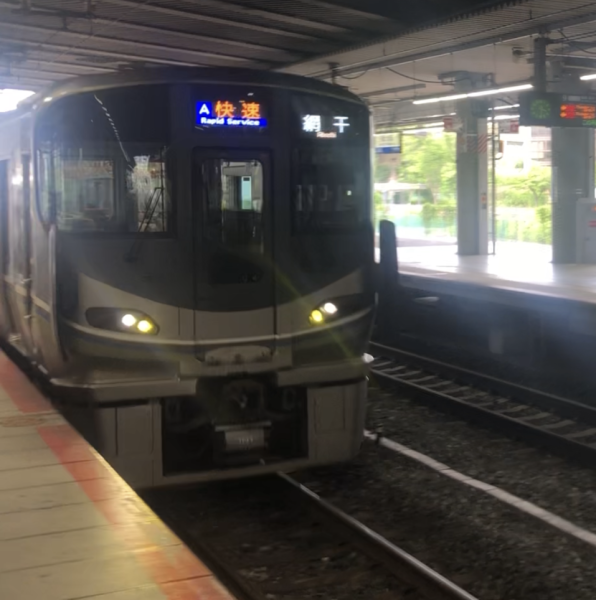
As of this publication, JR East has not explicitly made any statements regarding the changing of station melodies.
